Trust us, we hear you, and – as fellow gear heads – we understand.
You want to go fast, like really, really fast and you think a supercar from the team at Xtreme Xperience is just the thing to scratch that itch for speed. If you can’t go 200 MPH in one of the most incredibly engineered street machines on the planet, then hitting a racetrack is just not worth it to you. As complete and total car geeks ourselves, the team at Xtreme Xperiences absolutely feels that burning need for speed but we have to lay down some sobering reality: even professional drivers rarely hit a supercar’s actual top speed on the racetrack.
If you’re still focused on the number, we’d like you to reconsider your position for just a moment and hear us out. Ripping around a racetrack is about way more than just all-out speed and if you’re just looking to clip along at the maximum velocity of these purpose-built machines, you’re actually missing the real purpose of these highly tuned monsters.
So, how fast can I go on a racetrack? We’ll answer that question by posing the real question you should be asking yourself: Are you skilled enough to actually push a vehicle to its real limits?
Let’s get into this battle of perception vs. reality by answer some burning questions:
- Why are manufacturers so focused on the top speed of their supercars?
- How do you achieve top speed?
- What actually makes a car fast around a racetrack?
- How fast can you actually go on a racetrack?
Buckle in because this is going to be fun!
Why are manufacturers so focused on the top speed of their supercars?
The answer to this question has two main components:
1) Top Speed provides some serious bragging rights/prestige for manufacturers that allow their cars to be on “fastest” car lists, etc. The real battle for ultimate top speed bragging rights really began way back in 1993 by and it was spurred on by none other than the legendary McLaren F1.
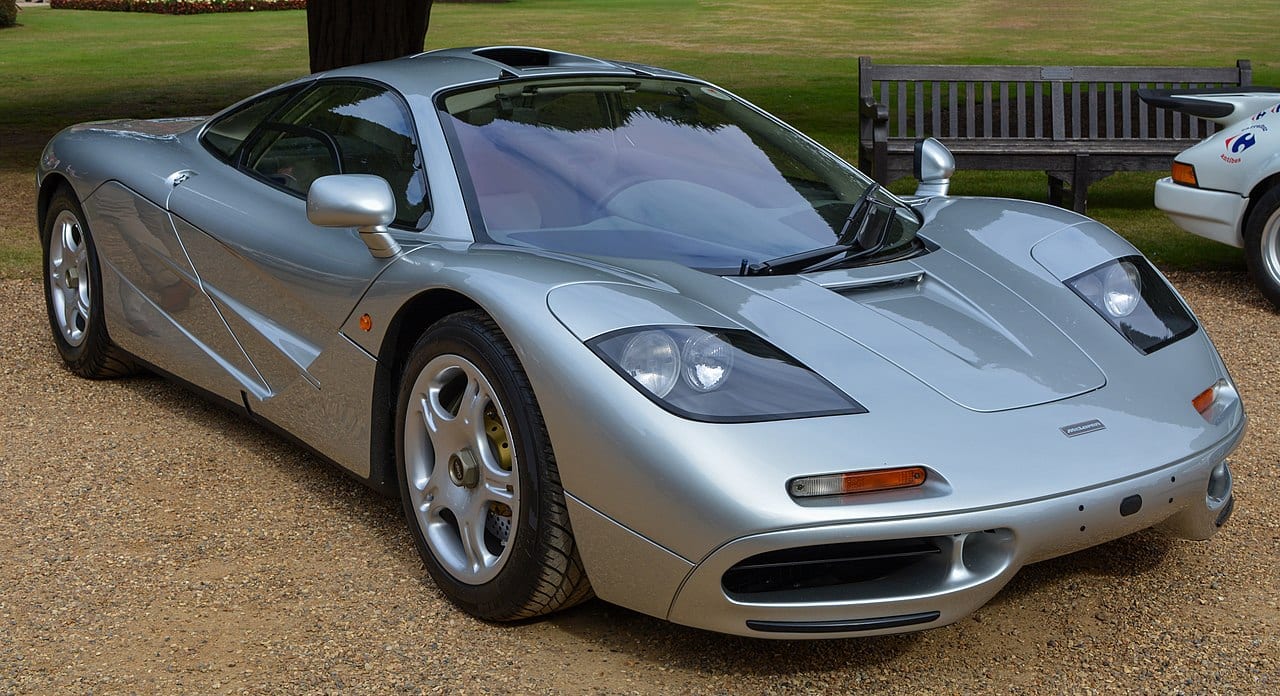
How fast was the F1? How about 221 MPH! The McLaren F1 was so fast that it took nearly 12 years for another manufacturer to crush through that barrier and set its own staggering record of 253 MPH. This was accomplished by the wild Bugatti Veyron 16.4, a 16 cylinder, $1,000,000 + masterpiece that redefined every concept of what upper-speed limits could and could and could not be for cars.
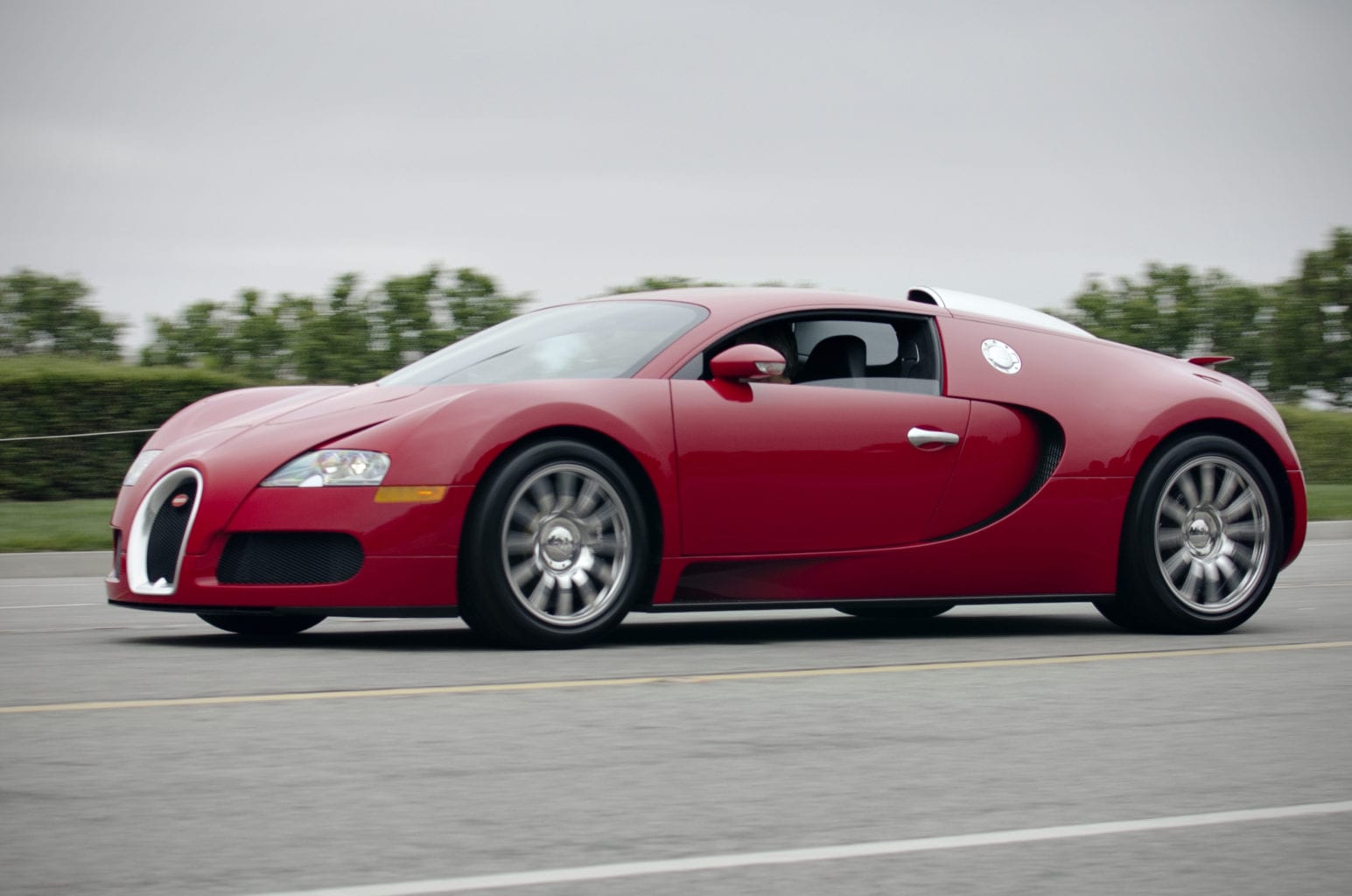
Since the Veyron blew through the record books, the practice of creating ever faster and more insane vehicles has spawned an entirely new class of performance vehicles: the hypercar. Vehicles like the Bugatti Chiron Super Sport, Hennessey Venom GT, and the Koenigsegg Agera RS are now approaching and crossing the previously unreal barrier of 300+ MPH. In fact, on an unrecorded top-speed run, a prototype version of the Bugatti Chiron Super Sport did exactly that by running at a staggering 304.77 MPH! Those are some serious bragging rights!
Why Going Fast Is Really Important
2) Running at maximum speed allows manufacturers to tune their vehicles for things that actually matter on a racetrack like engine power, cooling, reliability, suspension tuning, downforce, and tire technology.
Everything from aerodynamic stability and all-out braking power to engine power and durability is put to the maximum test while these vehicles are underway. This data and information goes well beyond the vehicle at hand and often trickles down into a brand’s streetcars and yes, even their racing cars as well. These top speed runs are nearly invaluable to manufacturers who are looking to create vehicles that are well-rounded, performance machines.
Reaching for top speed also provides a litany of data and allows ultimate durability to be tested at the absolute extreme end of the spectrum. This data is not only useful to the car being tested but the manufacturer’s entire vehicle development program as well.
How do you achieve top speed?
When it comes right down to it, there are several, often far too many, methods of measuring the top speed of a vehicle. If a manufacturer is looking for those all too crucial bragging rights, they’ll need to adhere to specific production vehicle record rules as laid out by the FIA and Guinness World Record. Per the rules, an officially recognized top speed is measured by an average of two runs, measured in each direction and the vehicle must meet all the criteria of being considered “street legal”. This includes everything from street tires to road-legal signals and lighting. On the other side of the coin, several “non-official” top speed tests are regularly done by manufacturers in venues that range from racetracks to closed-off street roads.
In order to achieve maximum speed, the track itself makes all the difference in the world. In fact, there are specific tracks that are designed to eke out the maximum velocity from the hypercars and supercars of the world. Let’s use the Ehra-Lessien test track in Germany as a perfect example of the type of track required for a maximum speed run. For reference, this is the track where the Bugatti Chiron Hypercar eclipsed 300 MPH.

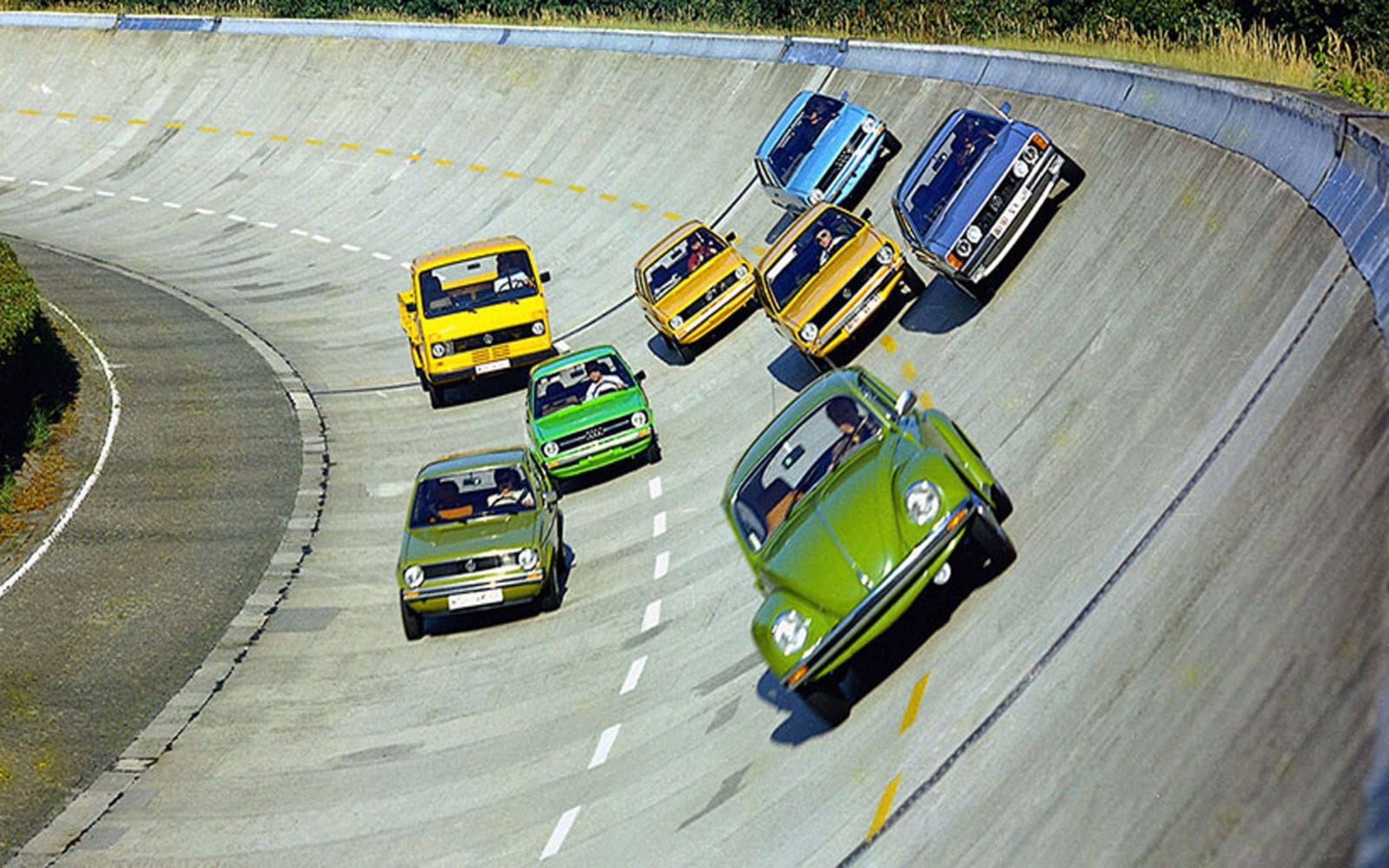
What it takes to go fast in a supercar
Hitting record-breaking top speeds requires incredibly long stretches of straight, flat ground along with high banked corners that can contain the speed of a screaming car without having the car slow down and ample braking/cooling zones to slow down the vehicle from speed. At Ehra – Lessien, the straight is a staggering 5.4 MILES long! The tracks required to perform proper top speed runs are exceedingly rare and only a few of them exist per continent. When a vehicle, like the GT3 RS, for example, makes a run at top speed; the conditions and track-type are carefully controlled to achieve maximum velocity.
So, no, you’re not going to be hitting the top speed of a supercar on most tracks because you need a very specific stretch of track in very specific conditions to achieve these incredibly ambitious numbers.
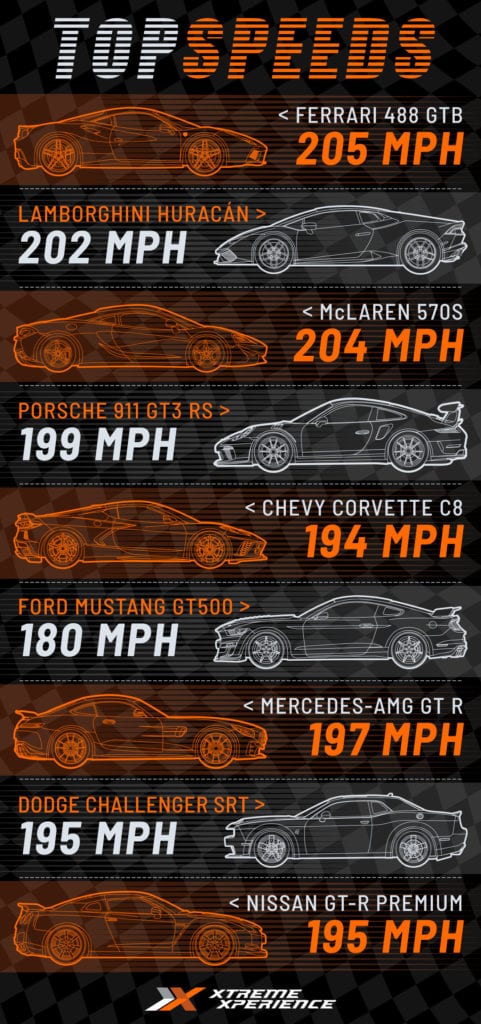
What actually makes a car fast around a racetrack?
Let’s define “fast”, for the purposes of this article, by defining speed in terms of lap times. That is to say, the lower the lap time, the faster the vehicle is. In terms of motorsports, lap times are a much better measurement of a vehicle’s overall capability than the top speed alone. This may seem semi-controversial to those that live and breathe the top speed statistic but trust us, from behind the wheel of a properly sorted vehicle, worries about top speed all but disappear.
Real speed around a track is achieved by a car that has a combination of power, aerodynamics, chassis poise, braking, and tire technology. In fact, vehicles with lower top speeds and horsepower can often be faster around a race track!
Case in point, let’s take a look at the Porsche GT3 RS (which you can drive at an Xtreme Xperience event near you) and the Nürburgring Nordschleife lap times of it compared to the more powerful Porsche 918 Spyder hypercar.
| Vehicle | Horsepower | Top Speed | Nürburgring Lap Times |
| 2020 GT3 RS | 520 | 199 | 6:56.4 |
| 2015 918 Spyder | 875 | 214 | 6:57 |
Is the 918 Spyder faster in a straight line? Absolutely! Is it faster around an actual racetrack? Absolutely not. Yes, you are reading that correctly, a car with 355 more horsepower, and a 17 MPH higher top speed is handily beaten by 4/10ths of a second – an eternity in the racing world.
How fast can you actually go on a racetrack?
Okay, so we’ve gotten down the nitty-gritty and you’re probably still wondering that eternal question: How fast can I go? One of the most exciting tracks in our entire portfolio is Dominion Raceway in Thornburg, VA and it provides a perfect example of a technical track that has wild, bending corners and a super long, ½ mile + (2700 foot) straight.
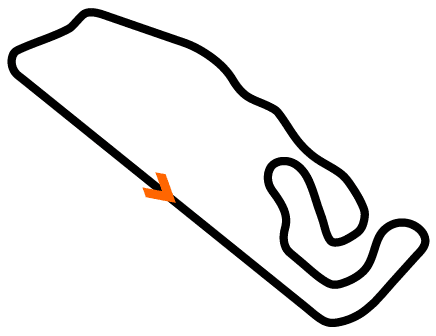
According to Dominion, anything under 1:30 is considered “fast” and a stock Corvette can clip 140+ mph on their front straight. Our brand new C8 Z-51 Stingray’s (mid – engined) can easily hit 140 MPH and then some in the hands of a brave driver. Besides all-out, straight-line speed; the C8 also benefits from a balanced mid-engined platform that allows this unique machine to pull 1.04G on a lateral skidpad. That means that you’ll be hanging on to your shorts and your lunch as this purpose-built machine screams around corners, putting a giant grin on your face as you attack apex after apex.
Sure, you won’t be approaching anything near the 194 MPH top speed that a C8 is capable of but you’ll be pushing your body and your nerve to the absolute limit at speeds that are considerably less than “top speed.” Trust us, you won’t mind a bit.
Enjoy Driving Fast
If you’ve got the need for speed and a steel backbone that can look triple-digit speeds in the eye and laugh – you’re part of the way to achieving fast times at the racetrack. The professional instructors at Xtreme Xperience are here to turn your go-fast dreams into reality by coaching you on every part of your driving style. From throttle and brakes to turn-in and exit speeds – our incredible instructors are your personal speed gurus and can help you shave some valuable seconds off your lap time so you can set your own personal fastest lap and claim bragging rights amongst your friends and family.



